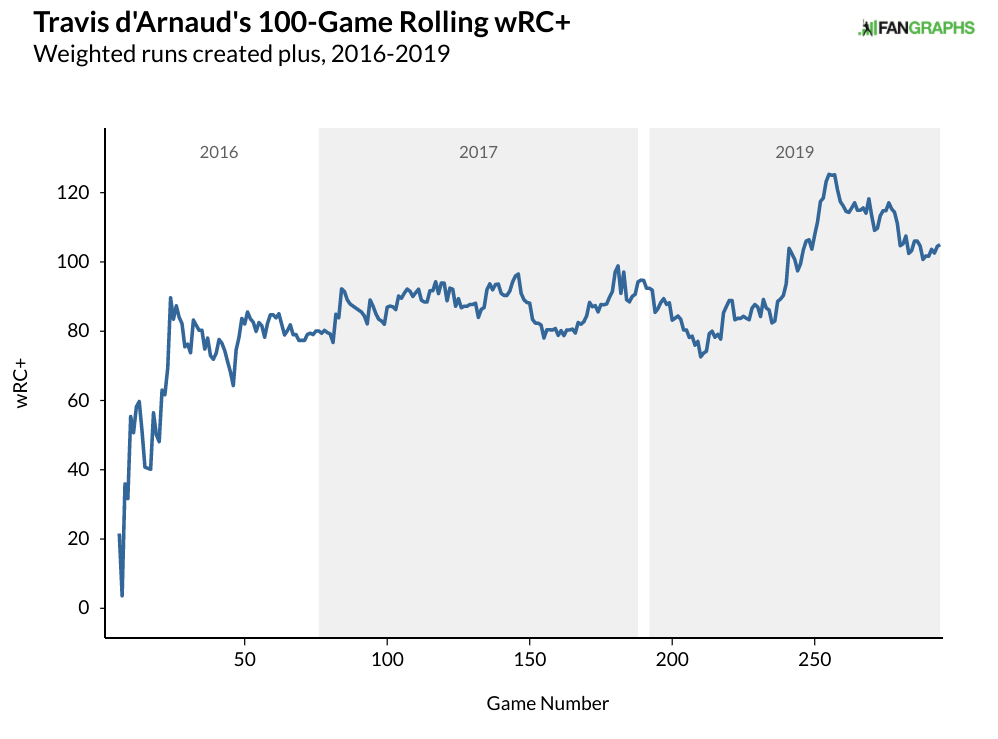JAWS and the 2020 Hall of Fame Ballot: Billy Wagner
The following article is part of Jay Jaffe’s ongoing look at the candidates on the BBWAA 2020 Hall of Fame ballot. Originally written for the 2016 election at SI.com, it has been updated to reflect recent voting results as well as additional research. For a detailed introduction to this year’s ballot, and other candidates in the series, use the tool above; an introduction to JAWS can be found here. For a tentative schedule and a chance to fill out a Hall of Fame ballot for our crowdsourcing project, see here. All WAR figures refer to the Baseball-Reference version unless otherwise indicated.
Billy Wagner was the ultimate underdog. Undersized and from both a broken home and an impoverished rural background, he channeled his frustrations into throwing incredibly hard — with his left hand, despite being a natural righty, for he broke his right arm twice as a child. Scouts overlooked him because he wasn’t anywhere close to six feet tall, but they couldn’t disregard his dominance over collegiate hitters using a mid-90s fastball. The Astros made him a first-round pick, and once he was converted to a relief role, his velocity went even higher.
Thanks to outstanding lower-body strength, coordination, and extraordinary range of motion, the 5-foot-10 Wagner was able to reach 100 mph with consistency — 159 times in 2003, according to The Bill James Handbook. Using a pitch learned from teammate Brad Lidge, he kept blowing the ball by hitters into his late 30s to such an extent that he owns the record for the highest strikeout rate of any pitcher with at least 800 innings. He was still dominant when he walked away from the game following the 2010 season, fresh off posting a career-best ERA.
Lacking the longevity of Mariano Rivera or Trevor Hoffman, Wagner never set any saves records or even led his league once, and his innings total is well below those of every enshrined reliever. Hoffman’s status as the former all-time saves leader helped him get elected in 2018, but Wagner, who created similar value in his career, has major hurdles to surmount given that he’s maxed out at 16.7% in four years on the ballot, that after receiving a 5.6% jump in this past cycle. Nonetheless, his advantages over Hoffman — and virtually every other reliever in history when it comes to rate stats — provide a compelling reason to study his career more closely. Given how far he’s come, who wants to bet against Billy Wags?
| Pitcher | Career | Peak | JAWS | WPA | WPA/LI | IP | SV | ERA | ERA+ |
|---|---|---|---|---|---|---|---|---|---|
| Billy Wagner | 27.7 | 19.8 | 23.7 | 29.1 | 17.9 | 903 | 422 | 2.31 | 187 |
| Avg HOF RP | 39.1 | 26.0 | 32.5 | 30.1 | 20.0 |

